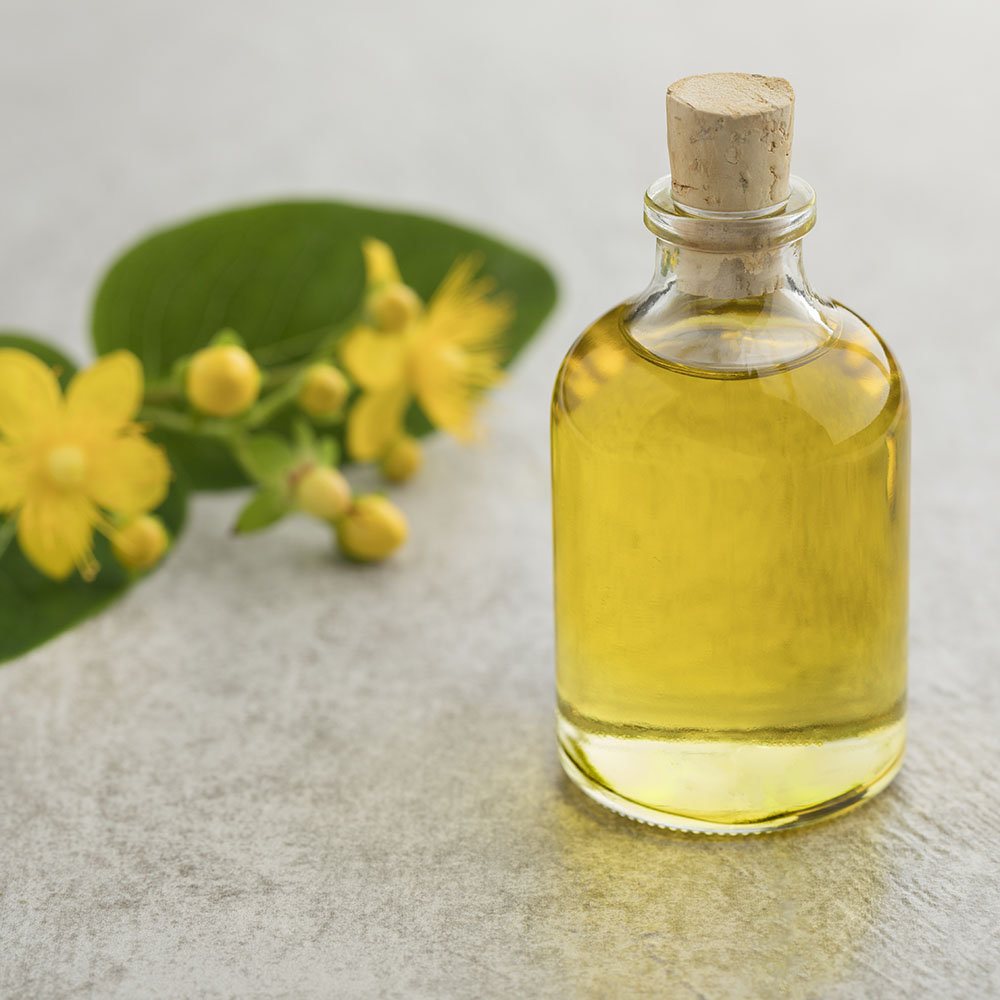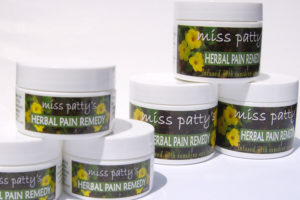St John's Wort Oil - A Healing Agent for Injuries and Inflammation
St John's Wort Oil is known for it's healing properties
Properties and Uses of St John's Wort Healing Oil
A common use of St. John’s Wort as an herb with healing properties is as a vulnerary. A vulnerary is an externally healing agent for the skin. (PubMed article on the Topical Application of St John’s Wort) It is actually the oil from the flowering tops of the plant that have this property. Although the extracted oil is somewhat reddish in color, truly the red pigment is inherent in the hypericin which is extracted by a different method.
The healing oil can be extracted by placing the herb in a jar, covering it with olive oil, and then placing the jar in the sun.
Then, I go out and shake the jars each day to encourage the infusion process. Just like a “sun tea”, the warmth of the sun helps the plant to give up its oil. Thus, the plant’s oil merges with the olive oil that it was placed in.
The olive oil is what draws the herbal oil out of the plant, along with the heat. The technical term for the solvent, in this case the olive oil, is the menstruum. A menstruum is any solvent used for extracting medicinal compounds from plants. The olive oil also serves as a means of dispersing the St John’s Wort oil and was chosen over other types of oil for several reasons. Overall, it was the best choice for this use. I allow this process to take place for a minimum of 6 weeks in the sun.
Another property that applies to the use of St. Johns Wort oil as a healing agent for injuries and inflammation is that it is an astringent. An astringent works by contracting tissue, thus reducing secretions and discharges on the surface. It is this astringent property that indicates the oil’s use for the treatment of ulcers, burns and wounds. As an anti-inflammatory, it also acts on edema (fluid build-up) below the surface of the skin. Inflammation can occur in the skin, muscles, joints, and connective tissues. St. John’s Wort oil as a treatment for varicose veins would be based on these astringent and anti-inflammatory properties.

Properties of St. John’s Wort healing oil include:
vulnerary
astringent
anti-inflammatory
analgesic
sedative
antispasmodic
restorative tonic for the nervous system
Nature has also blessed this herbal oil with the property of being an analgesic, which is a pain reliever or pain reducer. It has been used for the relief of rheumatic (pertaining to connective tissue), neuralgic (pertaining to nerves), and sciatic pains. Rheumatism is an older term that has generally been replaced with arthritis and covers a wide spectrum of joint-pain-related maladies. Because it is useful for the relief of neuralgic pain, it can reduce the pain of shingles, which is caused by a viral infection of the nerve ganglia. This herbal oil is known to relieve minor burns and sunburn, as well as sore, aching muscles. As a topically applied healing remedy, it eases all sorts of painful sensitivity.
St. John’s Wort oil is also a sedative. A sedative calms the nervous system, reducing stress and irritation. Another term for this is “nervine relaxant”. A nervine by definition has a beneficial effect on the nervous system. It works directly on the nervous system to reduce stress and tension. In conjunction with this, St. John’s Wort oil is antispasmodic; it affects the peripheral nerves and muscle tissue easing cramps and spasms and has an indirect relaxing effect on the entire system. In fact, St. John’s Wort oil is described as a restorative tonic for the nervous system. A tonic is defined as a substance that strengthens and enlivens Nature’s processes of growth, health, and renewal. It naturally nourishes and supports these healing processes.
It’s because of the combination of all of these amazing properties, that I chose St. John’s Wort oil as an integral part of my Herbal Pain Remedy formula. It also makes for interesting conversations with neighbors and passers-by that happen to notice my strange, herb-filled jars sitting out on my porch in the sun!
History and Legend of St John's Wort Healing Oil
The Latin name for St. John’s Wort is Hypericum perforatum. A bit of history about St. John’s Wort is that it (along with sprigs of Rosemary) was hung over doorways on Mid-Summer’s Eve to ward off evil spirits. The Latin name is derived from the Greek name that means “over an apparition”, which refers to an ancient belief that a whiff of St. John’s Wort would cause an evil spirit to leave the body and free a person.
I have come across a few origins for the name “Saint John’s Wort”. The word “wort” is Old English for “plant”. One legend is that it was named after the Knights of Saint John of Jerusalem, who used it to treat wounds on the battlefield. Another tale of origin is that it was named St. John’s Wort because it begins to flower around June 24th, which is said to be Saint John the Baptist’s birthday. A third possible origin was that early Christians named the plant in honor of John the Baptist because they believed it released its blood-red oil on August 29th, the anniversary of his beheading.

